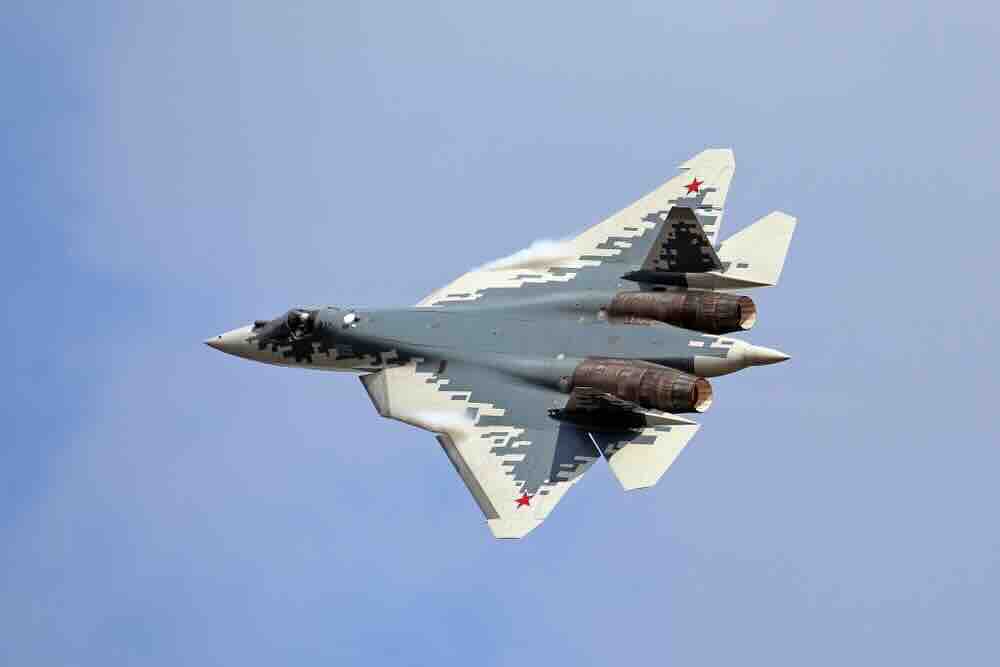On Sunday, Ukraine’s military declared that it had successfully destroyed a Russian Su-57 fighter jet in a drone strike at the Akhtubinsk airfield in the Astrakhan region, located approximately 600 kilometers behind the front lines. The Su-57, one of Russia’s most advanced fighter jets and nicknamed the “Felon” by NATO, was reportedly targeted on the tarmac, according to Ukraine’s defense intelligence agency (GUR).
The Ukrainian Defense Intelligence Agency supported its claim by posting satellite images on its Telegram channel. The images allegedly show the Su-57 intact on June 7, but with craters and fire damage near the aircraft by June 8. “The Russian aerospace forces have only a handful of these combat aircraft in service,” the agency noted, emphasizing the significance of the strike.
This attack came shortly after the U.S. and other NATO allies authorized Kyiv to use advanced long-range weapons for strikes within Russia. Although the initial reports suggest the strike may have been carried out using a Ukrainian drone, the exact method of the attack has not been confirmed by Ukrainian authorities.
The Su-57, introduced in 2020 after a lengthy development period starting in 2002, is a fifth-generation stealth fighter designed to rival Western jets like the U.S. Air Force’s F-22 Raptor. Despite its advanced design, the Su-57 program has faced numerous challenges, including a crash during a test flight in 2019. As of now, there are 14 Su-57s in active service, according to Flight Global’s 2024 World Air Forces Directory.
The strike on the Su-57 is particularly noteworthy because it demonstrates Ukraine’s ability to reach and destroy high-value Russian military assets deep within Russian territory. This capability adds a new dimension to the ongoing conflict, where Ukraine has primarily focused on defending its own territory and targeting Russian forces within Ukraine.
The strike has drawn criticism from Russian military bloggers and analysts, who have pointed out the lack of protective hangars for such valuable aircraft. Building hangars to shield these jets could have prevented the damage, they argue, noting that the cost of such hangars would be less than that of one Su-57.
Russian officials have praised the Su-57’s capabilities in the past, with former Defense Minister Sergey Shoigu stating in 2022 that the aircraft performed well in combat conditions. However, the recent strike by Ukraine challenges these assertions and raises questions about the vulnerability of Russia’s most advanced fighter jets.
In response to the attack, President Vladimir Putin and Russian military leaders will likely reassess their defensive strategies and infrastructure at key military bases. The loss of a high-value asset like the Su-57 could prompt changes in how Russia protects its advanced military technology from similar strikes in the future.
Expanded Coverage:






